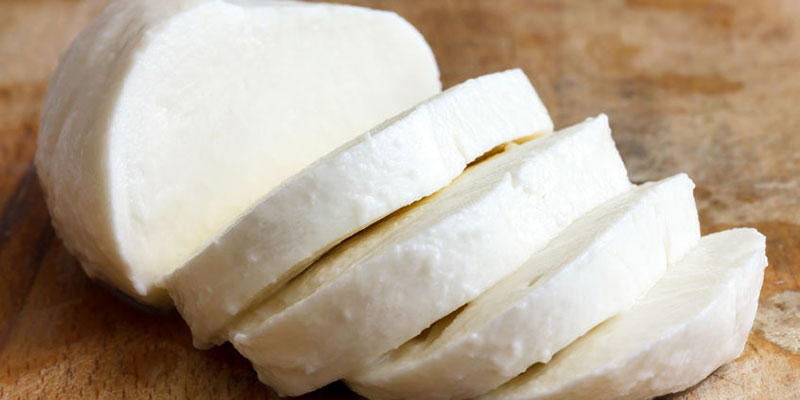Pretreating dairy effluent with DAF can reduce chemical oxygen demand (COD) by up to 70%, and virtually all fats are removed.
Fluence’s first Slovenian project uses dissolved air flotation (DAF) to reduce the cost of municipal wastewater treatment
Wastewater from food production is liable to carry 10 times the organic load of municipal wastewater. Sewer and water utilities often can’t handle the volume, and when they can, they charge accordingly. As a result, many operations treat wastewater entirely in-house.
Another option for plants is to perform pretreatment in-house to reduce the expense of municipal treatment. One such operation is the Ekolat plant in Vipava, Slovenia. Ekolat, part of the Italian group Sabelli, is an important player in the Italian mozzarella market, and also produces fresh cheeses and other gastronomic specialty items.
Effluents from dairy production are especially challenging to treat. Different types of effluents are generated at different times, causing wide variations in the effluent stream. But in general, dairy effluents typically are distinguished by high temperatures, high organic loads, and a wide range of pH values.
The Ekolat plant processes 130,000 L/w of milk, generating a wastewater stream that is composed primarily of fats and proteins with, on average:
- COD: 3220 mg/L
- TSS: 710 mg/L
- TKN 71 mg/L
- Fats: 580 mg/L.
The local water utility’s infrastructure was able to treat the high organic load wastewater stream as-is, but the price was high.
Dissolved Air Flotation
Ekolat reached out to Fluence, which was already well known for its impressive experience in Italy’s dairy industry, both for water and wastewater treatment.
Fluence’s portfolio of working solutions in the region includes dissolved air flotation (DAF), potabilization, arsenic removal, and advanced waste-to-energy systems. The European Biogas Agency (EBA) recently singled out Fluence Italy SRL’s Eurofish project on a short list of the year’s waste-to-energy success stories.
In its first project in Slovenia, Fluence installed a new 25 m³/h DAF system that drastically slashed the price of treatment at the municipal plant by first removing grease, proteins, and organic load from effluent. With the new treatment, chemical oxygen demand (COD) is lowered by up to 70%, and virtually all fats are removed.
The Ekolat plant was facing space constraints. Although DAF plants usually are installed outside, Fluence was able to install the DAF unit, which looks like a large tank, inside a room in the plant.
Waste-to-Energy
Because food industry wastewater carries a high organic load, it also holds enough potential energy to significantly lower power bills. An increase in wastewater volume at Ekolat, either through increased production or partnership with other dairy operations, would justify the addition of a waste-to-energy system to reduce production costs even more in the future.
Through anaerobic digestion, WtE plants produce biogas, which then can be used to fuel boilers or generate electricity. Some plants produce enough energy to fuel their operations with electricity left over to be sold to the grid.
Contact Fluence to learn more about our solutions for treating challenging dairy wastewater while recovering energy to power production.

